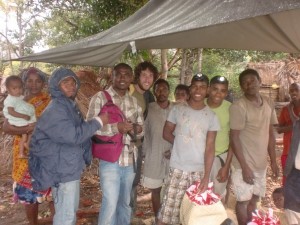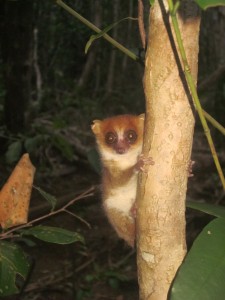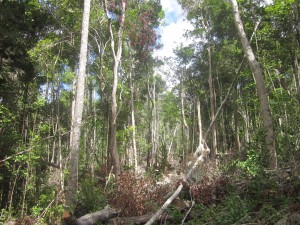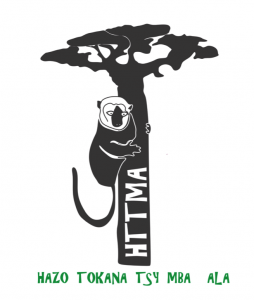What We Do
 Hazo Tokana Tsy Mba Ala (HTTMA) is developing reforestation and forest management projects in northern Madagascar. The organization is registered in France but supports and facilitates actions undertaken by its sister association, which goes by the same name, in northeast Madagascar.
Hazo Tokana Tsy Mba Ala (HTTMA) is developing reforestation and forest management projects in northern Madagascar. The organization is registered in France but supports and facilitates actions undertaken by its sister association, which goes by the same name, in northeast Madagascar.
Our pilot study will set up a foundation for the establishment of forest management activities in their target regions using a three-pronged approach to conserve existing forest fragments:
- increasing ecological, zoological and botanical knowledge of the area;
- initiating reforestation programs; and
- ensuring community-based conservation programs.
How We Protect Lemurs And Other Wildlife
Together with Malagasy scientists trained at universities in Mahajanga and Antsiranana, we’re undertaking some of the first ecological assessments of two focal forests: Analalava and Ambohitrandrina. This means describing the area’s lemurs, animals, and plants, as well as the anthropogenic threats facing these ecosystems, including deforestation. The area has rarely been visited by scientists and taxonomists, and the work will help define new priority areas for conservation and reforestation.

What Lemur Species We Protect
At the moment, the organization focuses its habitat protection efforts on areas that impact the following species:
- Crowned lemurs (Eulemur coronatus)
- Fork-marked lemurs (Phaner sp.)
- Mouse lemurs (Microcebus sp.)
- Sanford’s brown lemur (Eulemur sanfordi)
- Sportive lemurs (Lepilemur sp.)
How We Support Local Communities

We’ve worked together with communities to discuss and write a conservation and reforestation road map. In addition, activities will create at least five temporary jobs (8+ months of employment each) as well as one, full-time position for a local graduate student who will act as a coordinator of the organization’s activities.
The organization will also train members of the local community to enhance their knowledge in biology, ecology, and conservation, including hired guides, reforestation technicians, and students.

